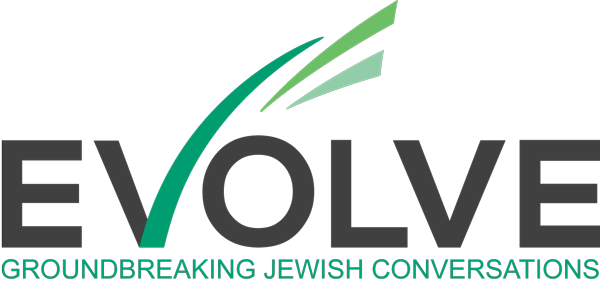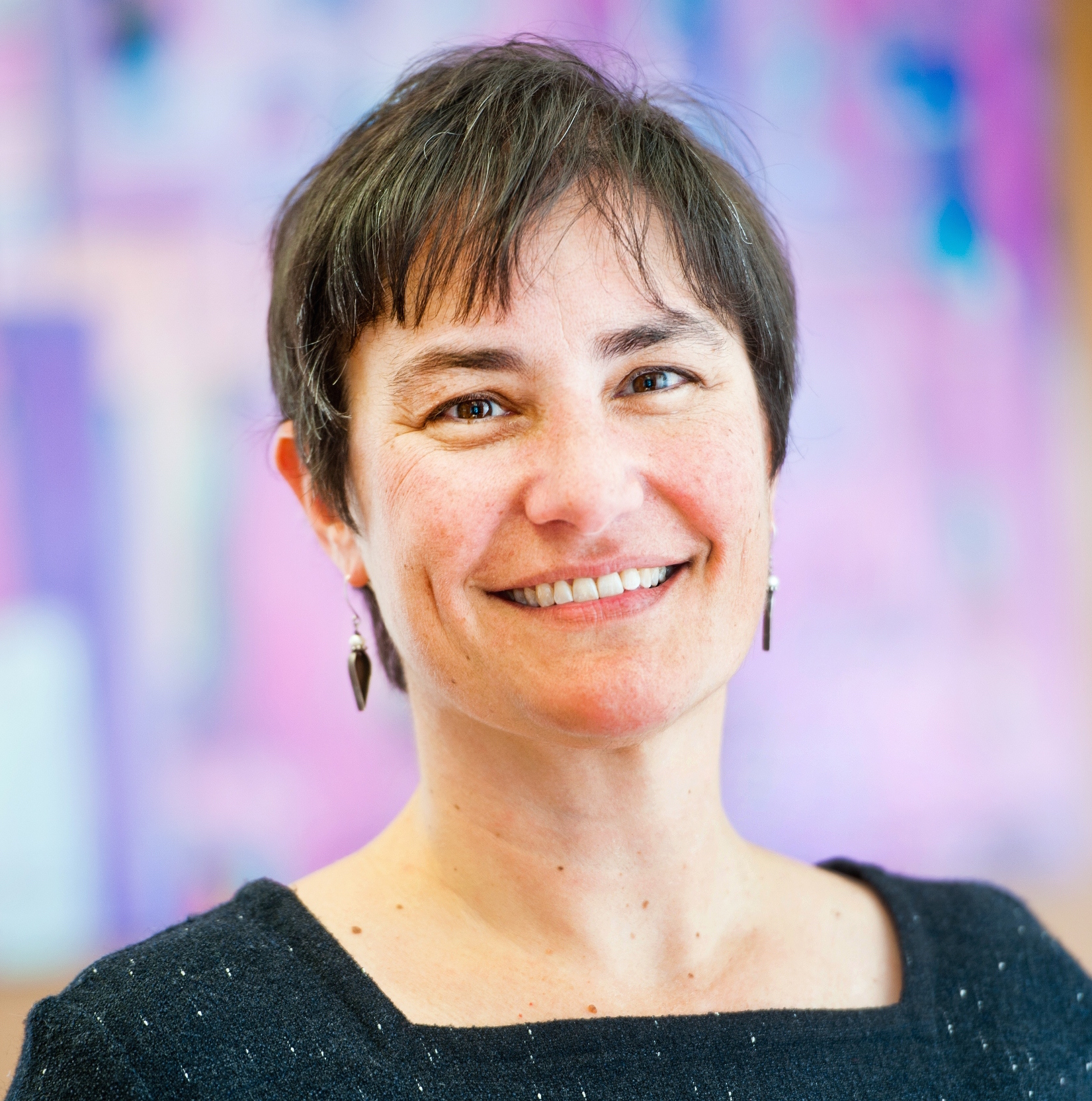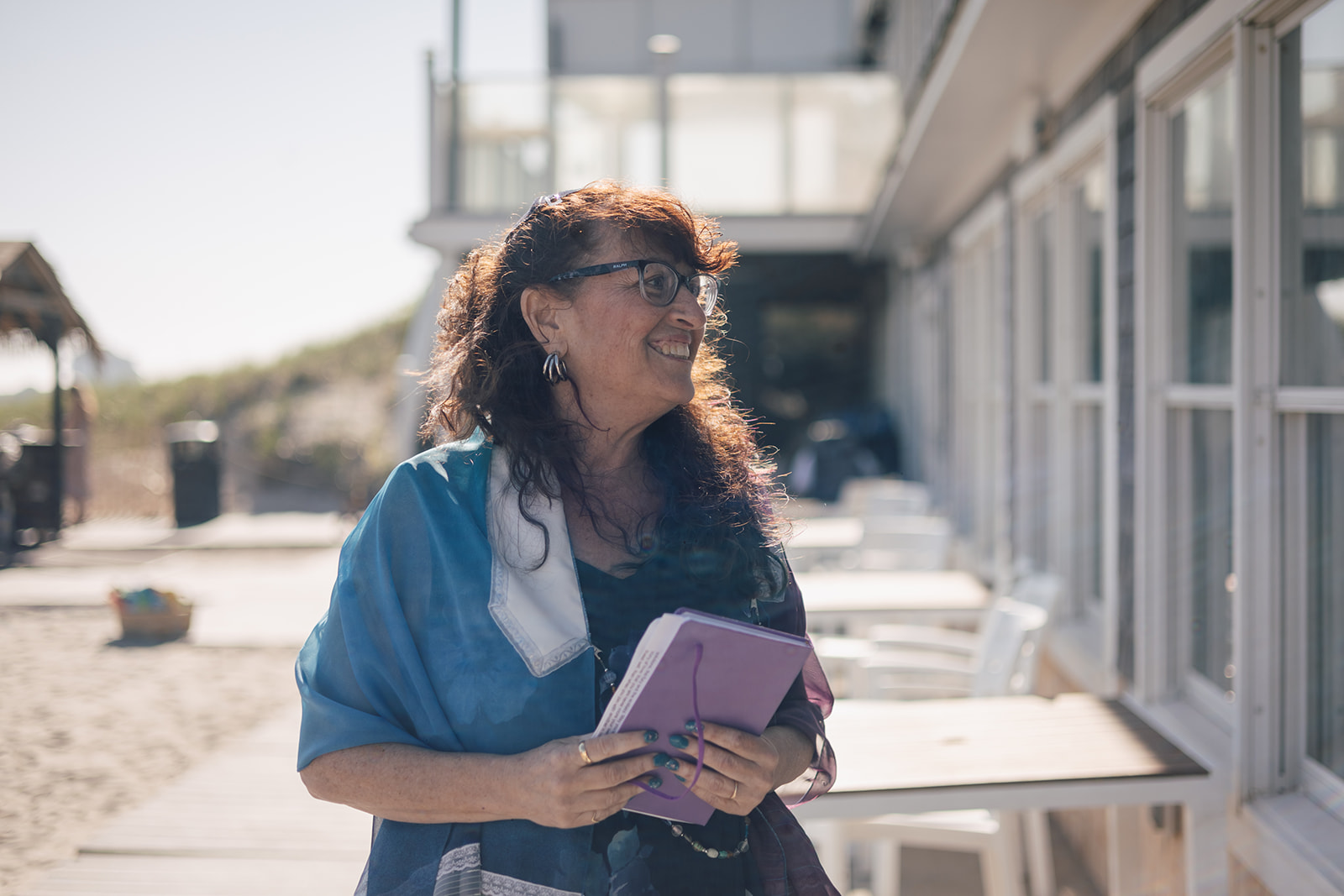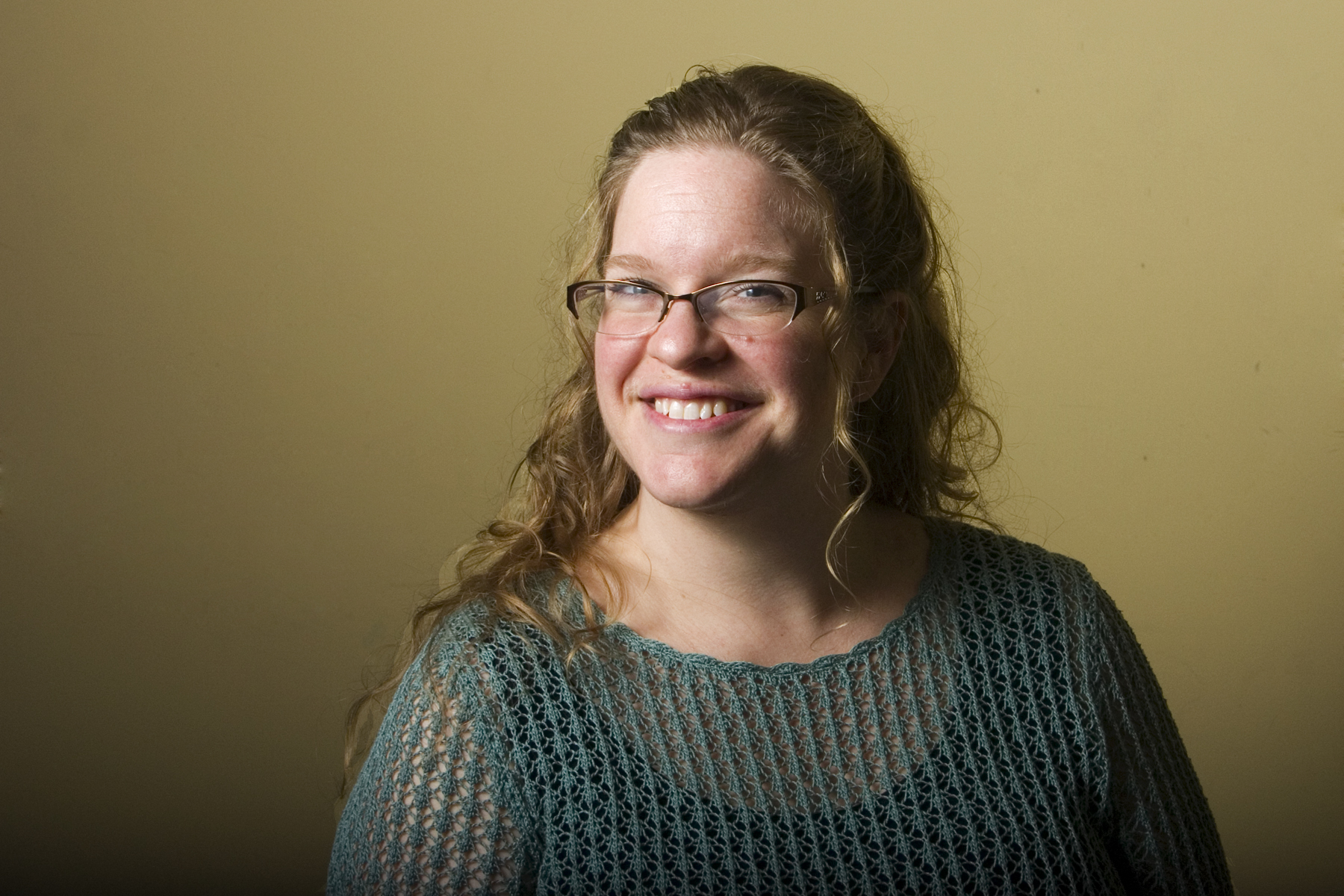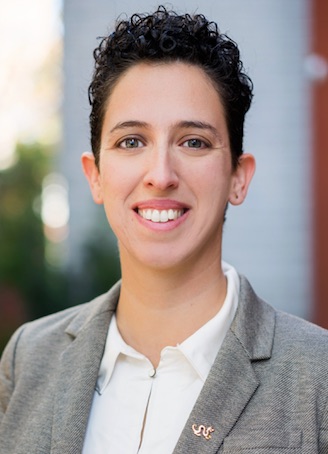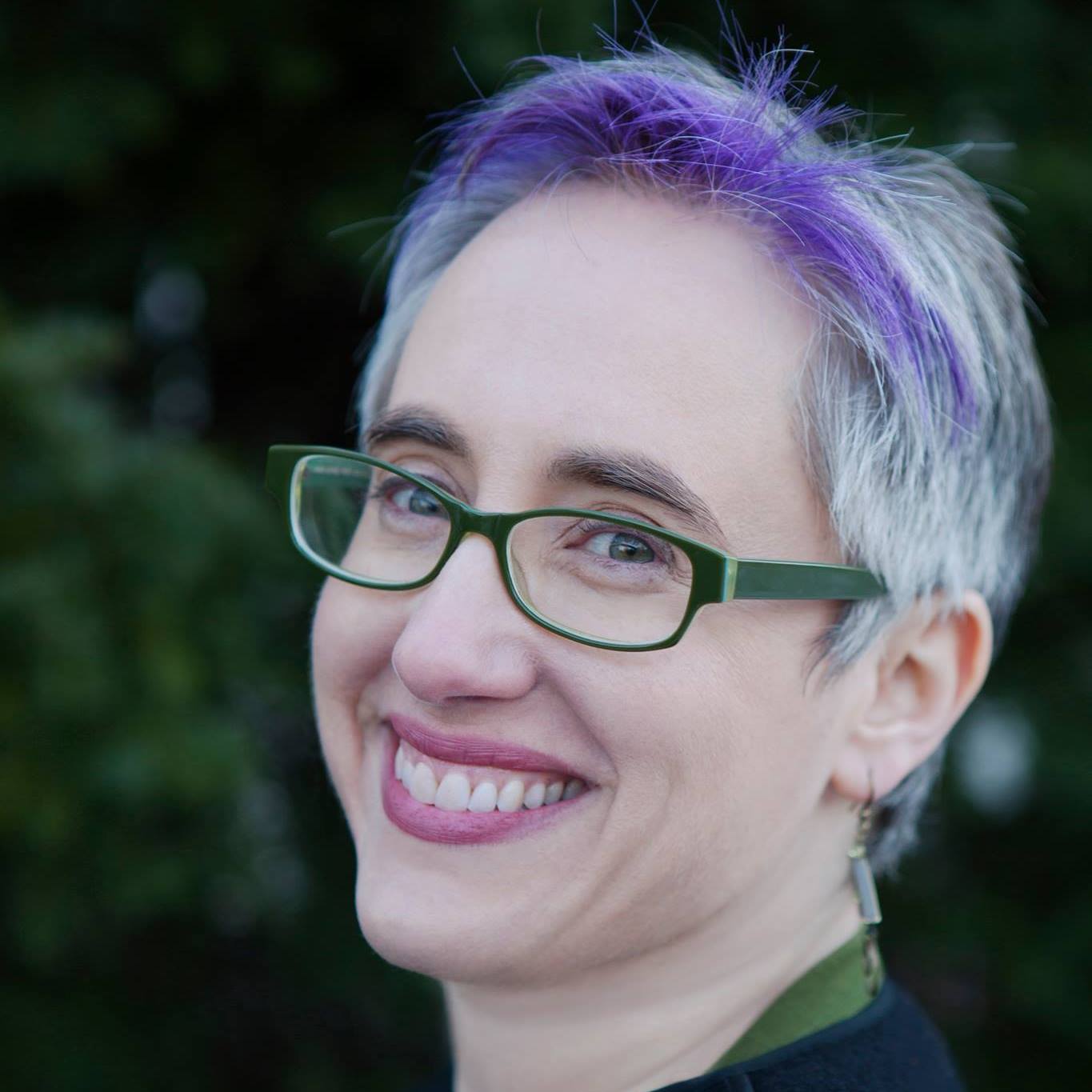Rabbi Deborah Waxman published this essay “‘Covenantal Community’ and Classical Reconstructionism” in December 2024. What follows is this essay, with commentaries exploring Waxman’s points by four other Reconstructionist rabbis: Megan Doherty, Isabel de Koninck, Katie Mizrahi and Elyse Wechterman.
What Is ‘Covenantal Community’?
The “torah” I have been teaching intensively since the world-shattering events of Oct. 7 and its aftermath has been about building “covenantal community across difference.” In this formulation, I am drawing on deep and longstanding Reconstructionist commitments, even as how I articulate it diverges from some “traditional” Reconstructionist language.
First off, what do I mean by covenantal community across difference? In one sentence, I mean voluntarily choosing to co-create communities where we agree to a set of values and then work to articulate norms that prioritize our interdependence over our individuality, that place abiding relationships over what people look like or believe or how they act within the agreed-upon norms. To use a very Jewish image, I mean creating the kind of community where each and every person can come together in our fullness on the eve of Yom Kippur to chant Kol Nidre together and, with the support and shared experience of other people, can atone for our sins.
Covenant is an ancient Jewish concept that puts relationships at the center. Where the Torah and Jewish liturgy emphasize the hierarchal nature of covenant, with God as King or Judge, I, as a child of democracy, am emphasizing covenant on a horizontal axis. For many of us, it is in our relationships with family and friends that we experience the Divine, in the interactions we have with one another. After the teachings of Rabbi Harold M. Schulweis, we can know that godliness is present when we bring to life the characteristics attributed to God, when we act with mercy or lovingkindness or in healing ways — to and with each other.
A covenantal community does not run on autopilot; we need to tend to it continuously. It can be easy to do so in times of celebration. It’s really hard to do it in times of conflict. And that is the power behind the concept of covenant. It’s binding. It’s intended to last, maybe for centuries. It’s a religious metaphor that demands that we stay in stay in deep relationship even in times of struggle.
How Is Covenantal Community Grounded in Classical Reconstructionism?
I understand the concept of covenantal community to be deeply grounded in classical Reconstructionist commitments. It’s an effort on my part to bring them forward to the current moment in language that will be meaningful and hopefully inspiring. The Reconstructionist commitment to diversity as well as our attachment to complexity and nuance has too often translated into fuzzy or overly complicated explanations that can be misconstrued or appropriated. Take, for example, “peoplehood,” a term coined in the 1940s by the circle gathered around Rabbi Mordecai M. Kaplan, which has been widely embraced in ways other than its originators intended. For classical Reconstructionists, peoplehood was intended to be a means to a set of content-filled, values-driven ends rather than an end in and of itself, which is how it has most often been understood. “Covenantal community” is about communicating the heft of this concept so that means and ends cannot be separated.
‘Community Across Difference’ as a Formulation of Kaplan’s ‘Unity in Diversity’
One of the greatest challenges that the Enlightenment era presented to Jewish self-understanding and self-organization was that Jews became individual citizens of nation-states. For the first time in our long and evolving history, the Jewish community — its institutions, its norms and mores but even more the integrating concept of “community” — no longer needed to be the central principle of Jewish life. Religious authority — and the means to compel conformity — was shattered. The religion of Judaism could be separated from an individual’s experience of being Jewish. Choice became an option, including the choice not only to convert (that is, join a different group or community) but to be nothing at all. Every major movement in Judaism in the modern era, religious or political or cultural, has been an effort, at least in part, to address this incredible disruption.
Diversity as a reality and potential strength. In all his arguments, Kaplan made the case for vital modern Jewish communities that drew on the strength of Jewish traditions and that also took advantage of the possibilities of the modern era, including more robustly meeting the needs of individuals within community. He understood that, with communal authority so shattered by the conditions of modernity, modern Jews would be best served by embracing the inevitable diversity as a strength rather than insisting on any one standard, be it religious or political, that couldn’t be enforced. A commitment to diversity was an animating impulse in the founding of Reconstructionism. The key Reconstructionist metaphors “civilization” and “peoplehood,” while singular nouns, both contain and even celebrate multiplicity.
Pluralism as a strategy. Pluralism emerged in the years following World War I as one of the affirmative strategies to manage the reality of diversity, in sharp contradistinction to nativist, Christian supremacist homogenization that promoted the ideology of the “melting pot.” Horace Kallen, the foremost expositor of cultural pluralism, was involved in Jewish and Zionist causes and considered Kaplan among his mentors.[4] Kaplan refers in passing to the emerging strategy in Judaism as a Civilization,[5] and much of the Reconstructionist program can be seen as an effort to demonstrate robust cultural pluralism even as the theory itself was being worked out.[6]
